
This is a serious story about a unique woman — Filipina food technologist, pharmaceutical chemist, humanitarian, and war hero – that starts with ketchup.
Continue reading “María Ylagan Orosa – Filipina War Hero and Banana Ketchup Queen”Remarkable Women You Have Not Heard Of
Killed by U.S. Friendly Fire, She Left a Legacy Including Much of What Filipinos Eat Today

This is a serious story about a unique woman — Filipina food technologist, pharmaceutical chemist, humanitarian, and war hero – that starts with ketchup.
Continue reading “María Ylagan Orosa – Filipina War Hero and Banana Ketchup Queen”Self-Taught Artist and Savvy Business Woman Who Invented the First Novelty Toy Distributed Worldwide
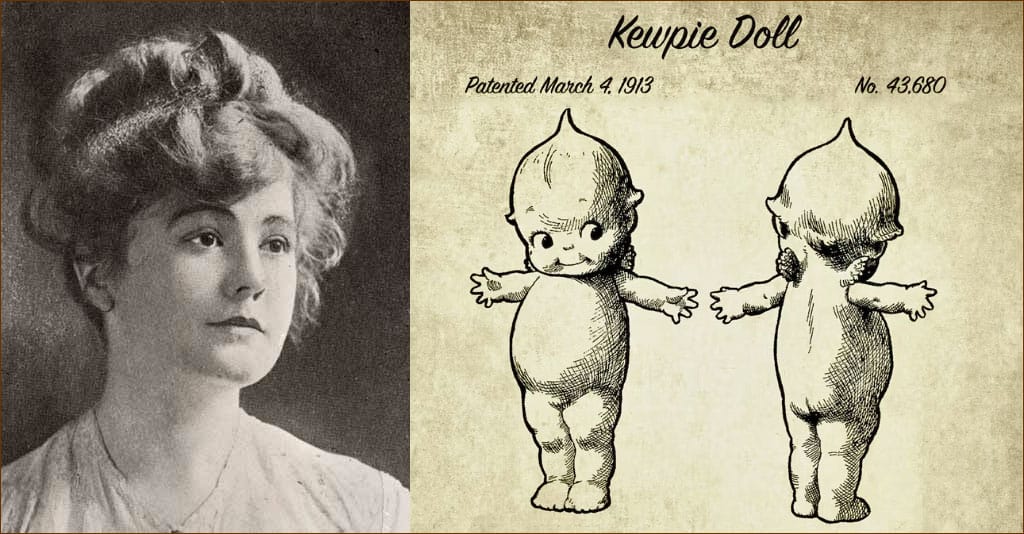
Cecelia Rose O’Neill was many things … self-taught artist and sculptor, author and poet, suffragist and, for a time, one of the world’s richest women. But to most people, she was the woman who birthed “The Kewpies” — plump little cartoon characters and world-famous dolls with top knots, rosy cheeks, broad smiles, and sidelong eyes. Debuting in 1909, Kewpies were the world’s most widely known cartoon character until a guy named Disney introduced us to a cheeky mouse named Mickey in 1928.
Continue reading “Cecelia Rose O’Neill: Before Barbie There was Kewpie”She was Still Making Internationally Acclaimed Hats When She was 100
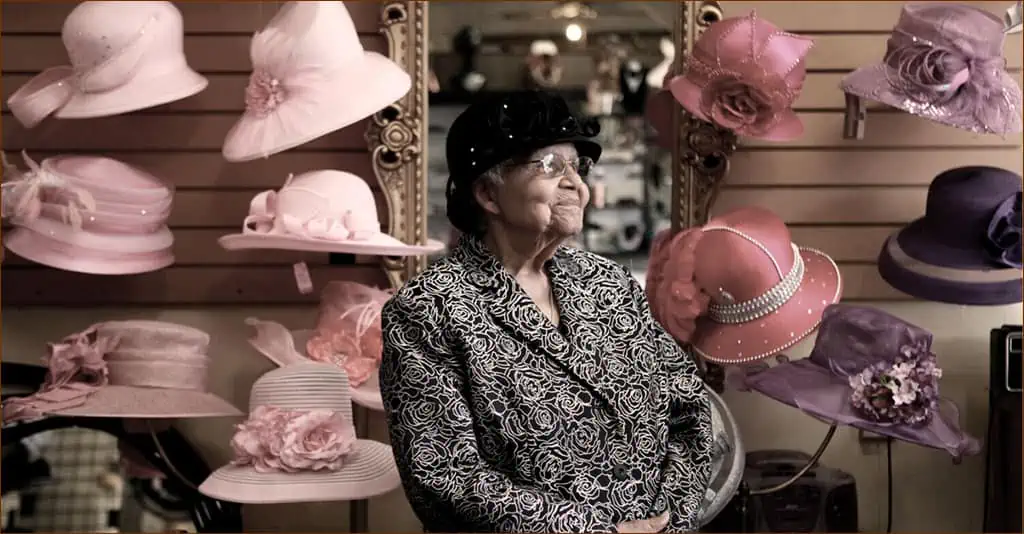
She was a fashion icon, successful entrepreneur, mother, grandmother, and great grandmother — and a centenarian businesswoman with a name so charming you can’t help but smile.
Continue reading “Vanilla Beane: The Beloved “Hat Lady” of Washington, D.C.”A Black Hatter Whose Work Became the Buzz of Hollywood Studios
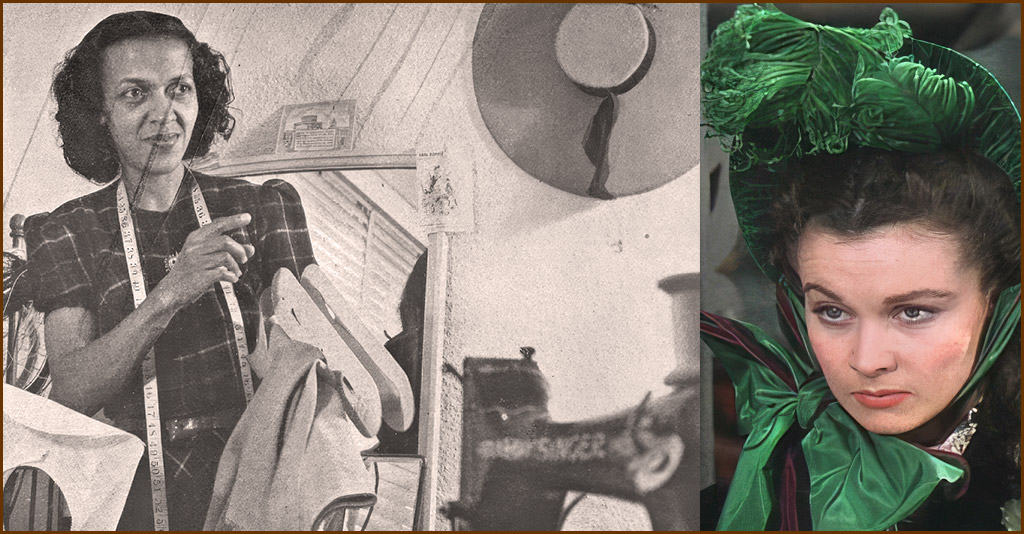
When Crowns: Portraits of Black Women in Church Hats, by Michael Cunningham and Craig Marberry was published in 2000, it honored a tradition deeply rooted in African American culture. One that poet Maya Angelou simply called, in her foreword to that book, THE HAT. And for Mildred Blount, THE HAT was always about more than just headwear.
Continue reading “Mildred Blount: Milliner to the Stars”How a Childless Widow Who Didn’t Like Kids Became a Star of Children’s Radio
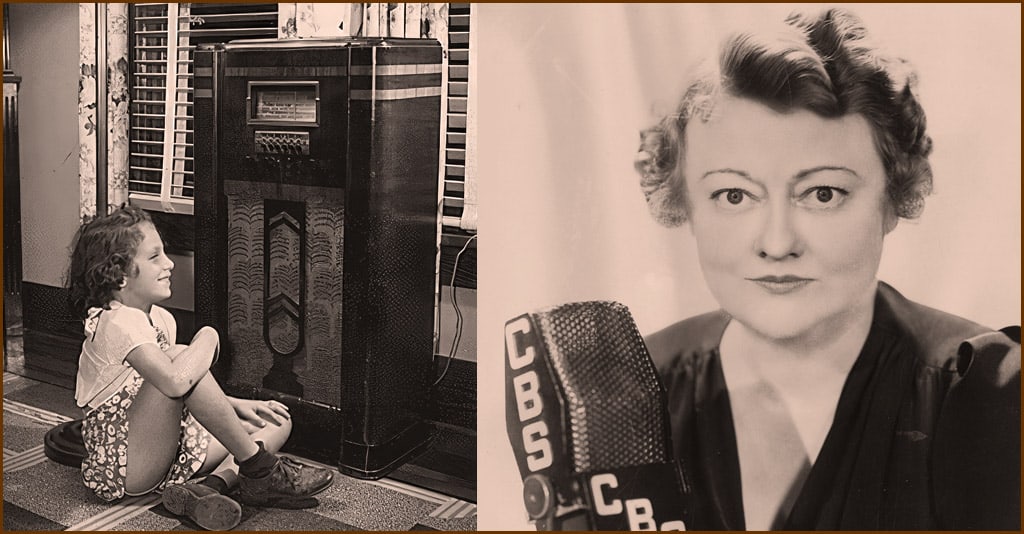
Once upon a time, a “large, plump, hard-boiled, shrewd” woman named Nila Mack was asked by Columbia Broadcasting System to reinvent a Saturday morning children’s radio show called “The Adventures of Helen and Mary.” Her first reaction? “Really? You want the childless widow to save your kids’ show? I don’t even like kids.”
Continue reading “Nila Mack – The Fairy Godmother of Depression-Era Radio”Rising to Stage and Film Fame Despite Racism and Red Baiting
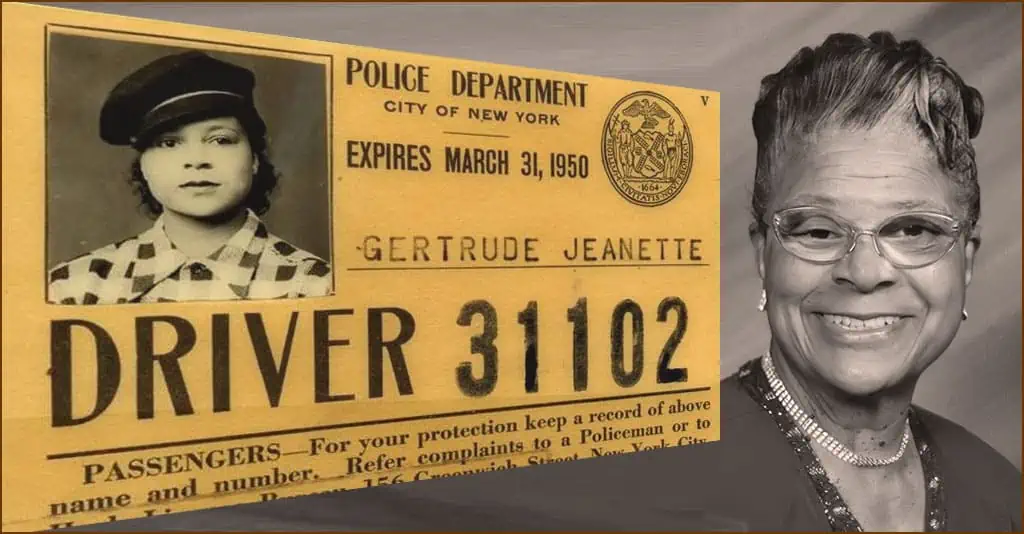
Gertrude Jeannette was a true trailblazer as the first woman to get a motorcycle license in Manhattan and The Big Apple’s first licensed female cabdriver. Perhaps her more important accomplishments were as an actor, director and playwright who mentored a generation of Black actors in New York. But none of that would have happened were it not for a persistent childhood stutter and a man named Joe Jeannette who loved to dance.
Continue reading “Gertrude Jeannette – Actress, Playwight, Motorcyclist, and Cultural Star”